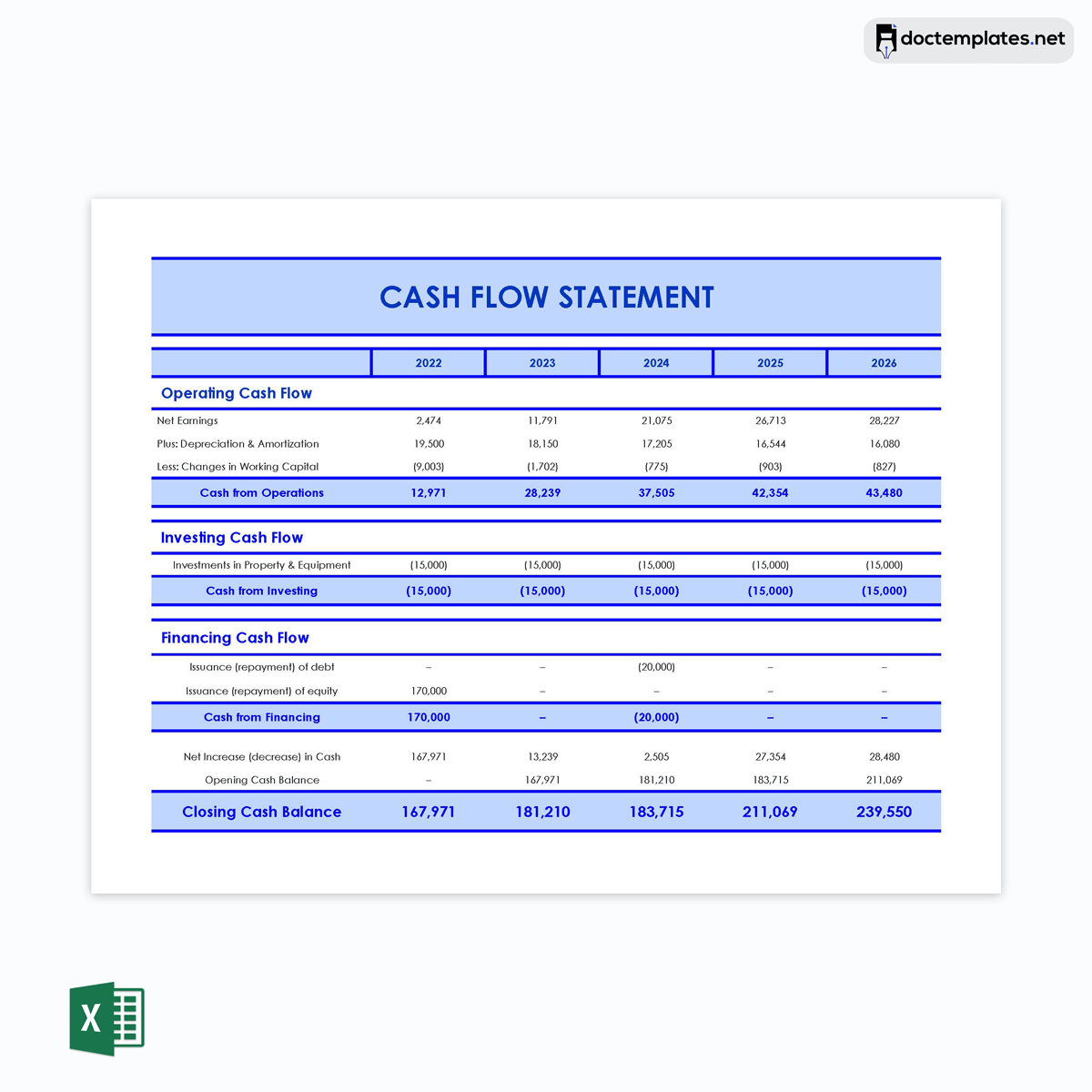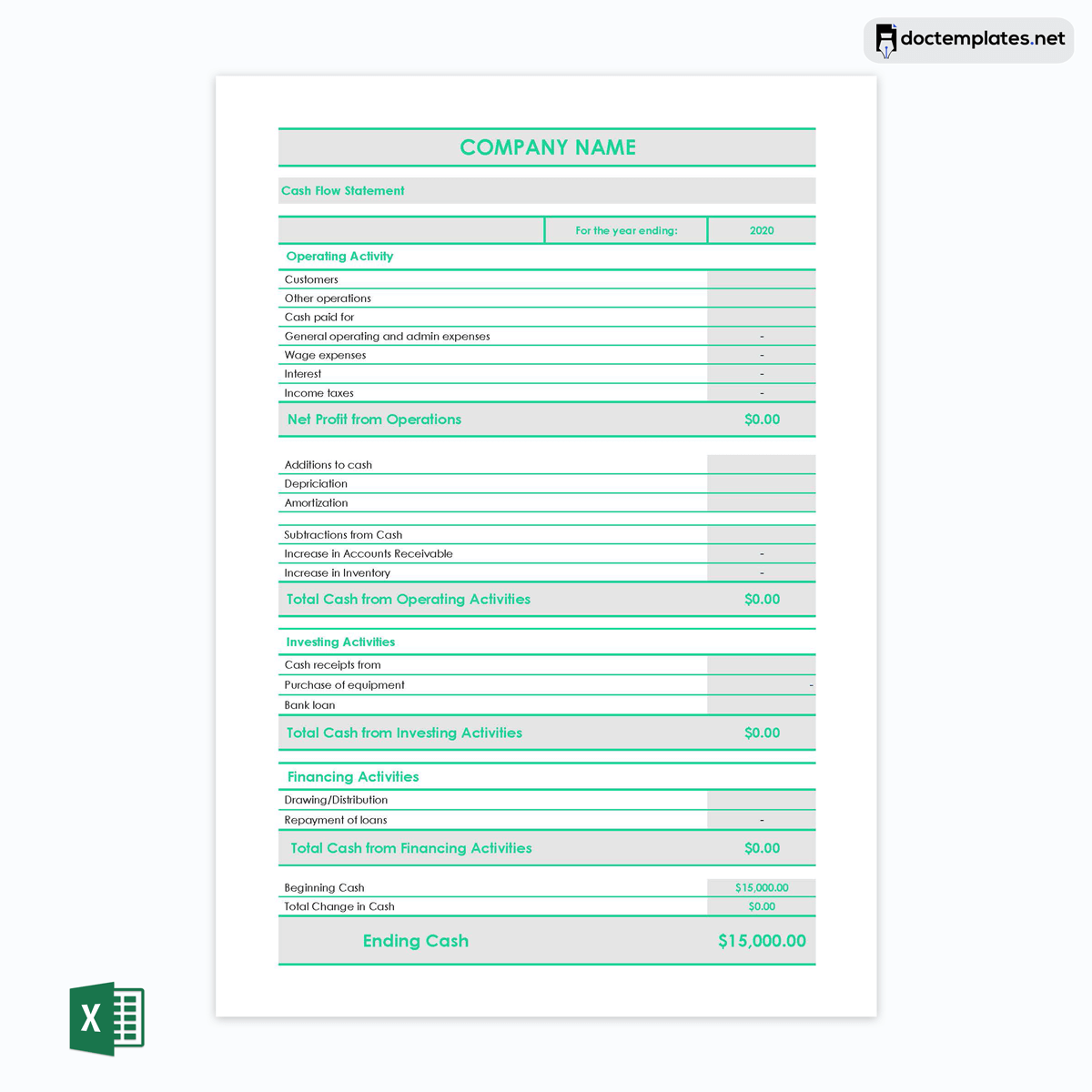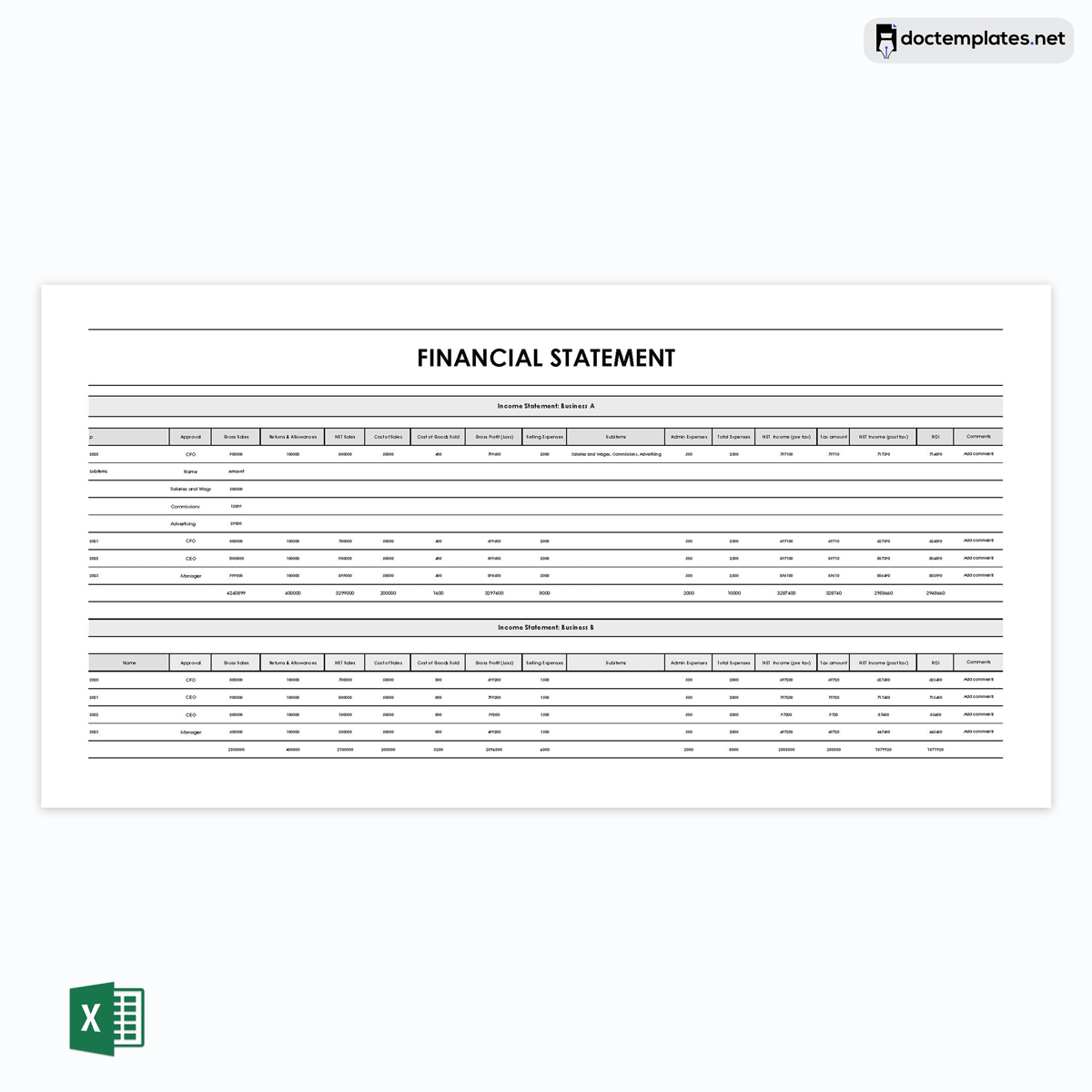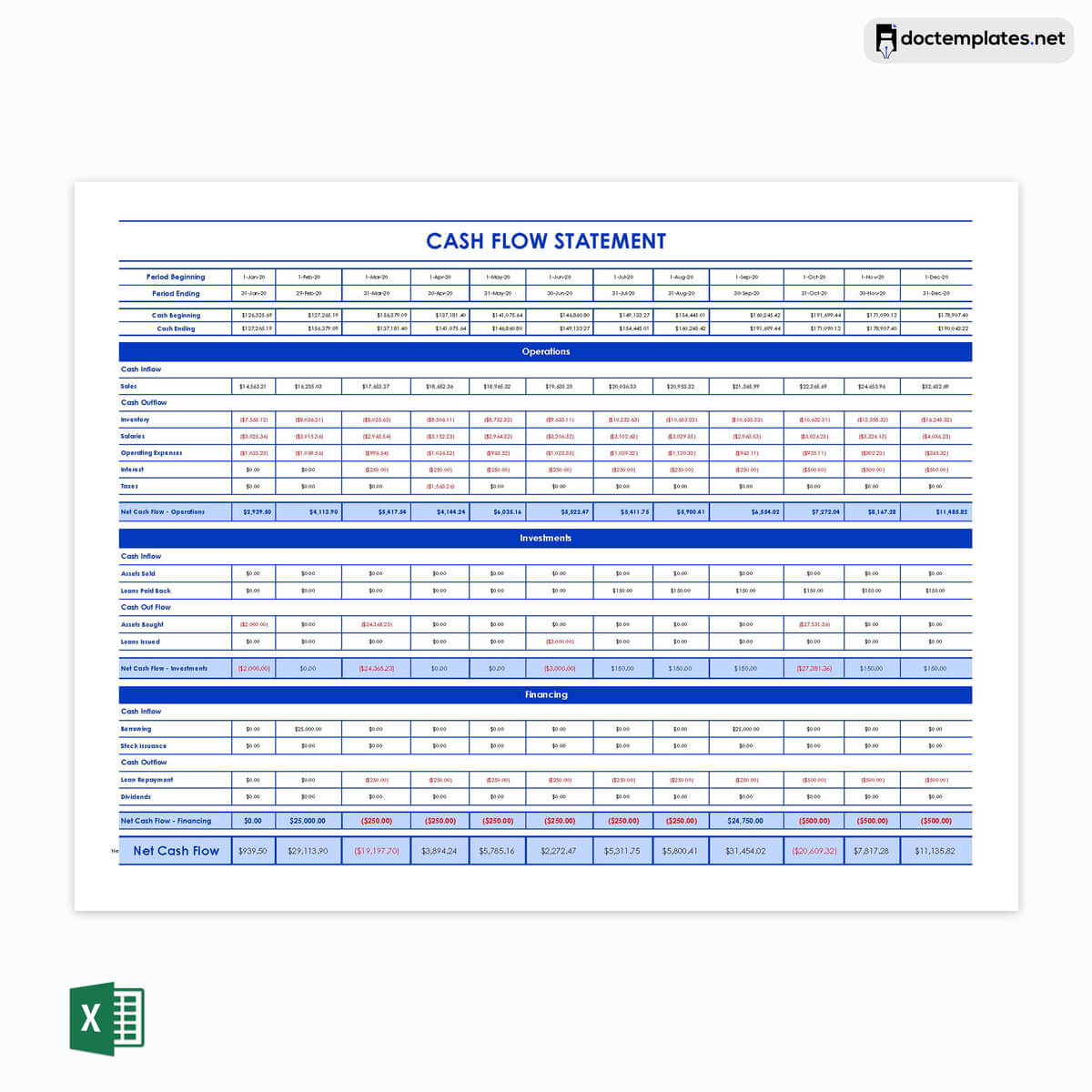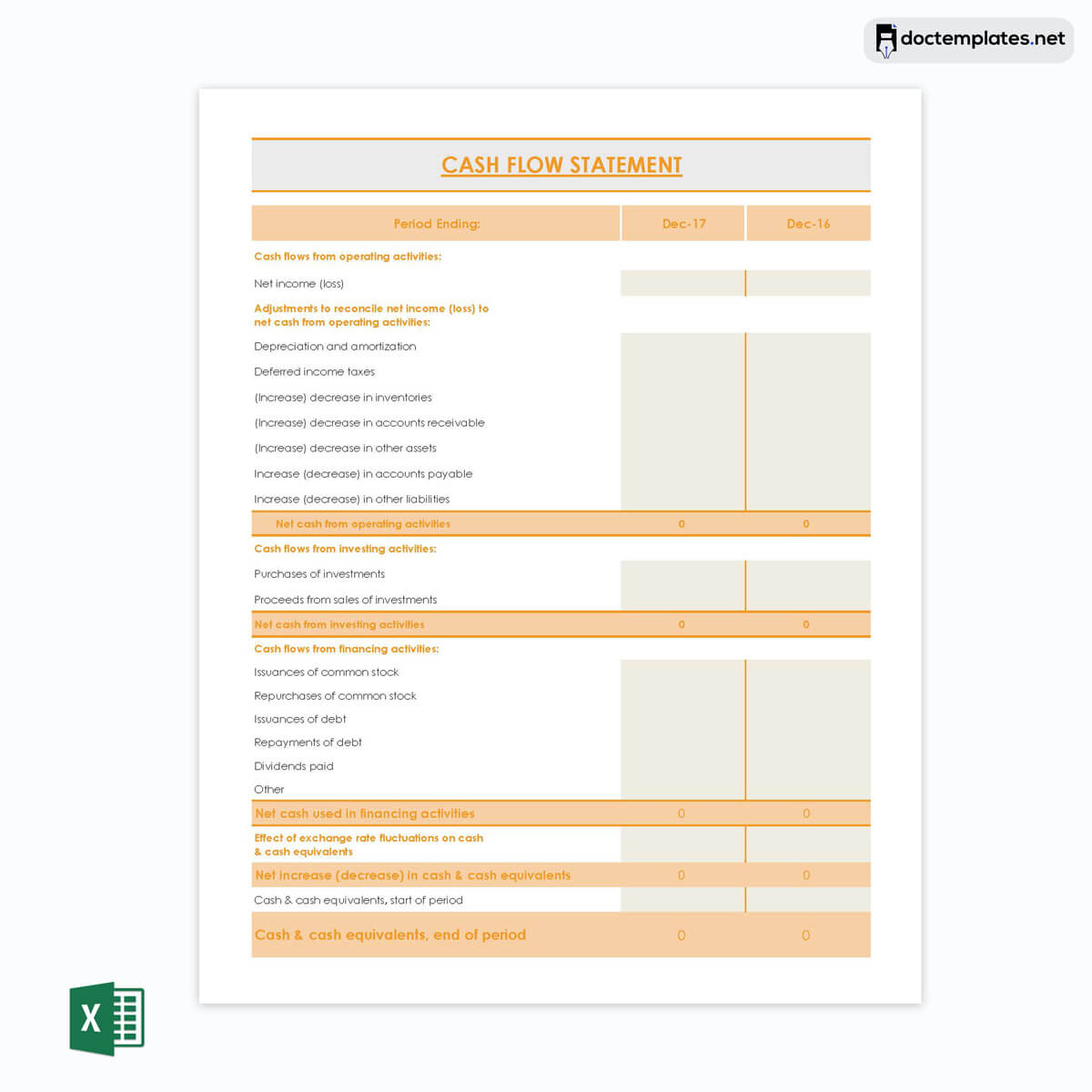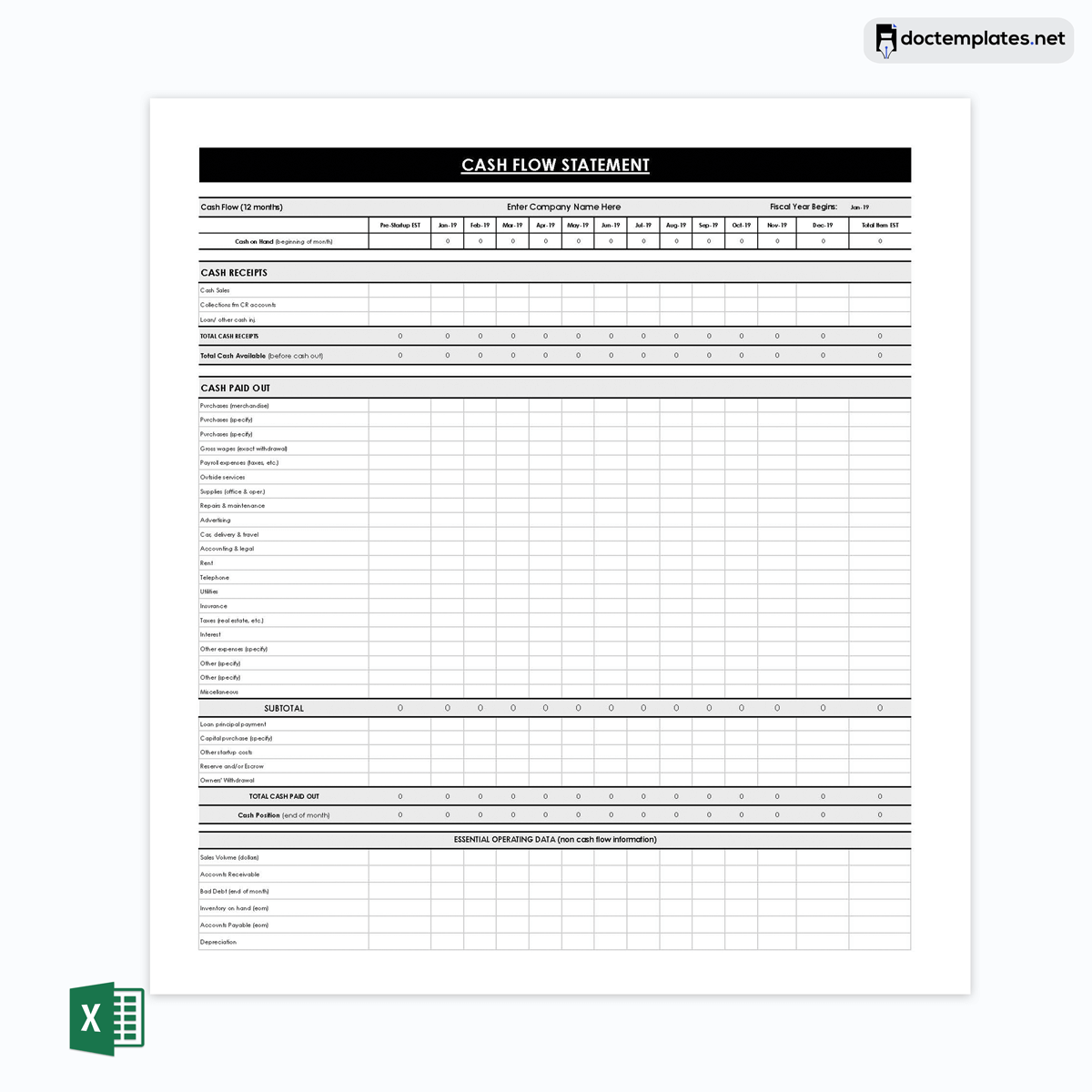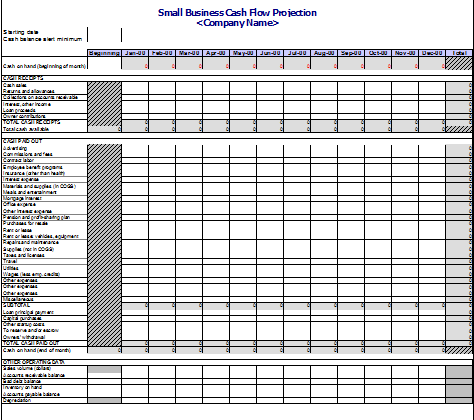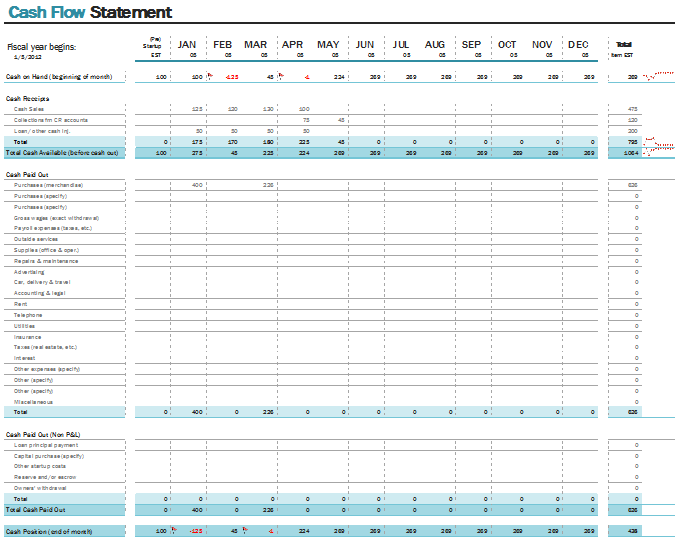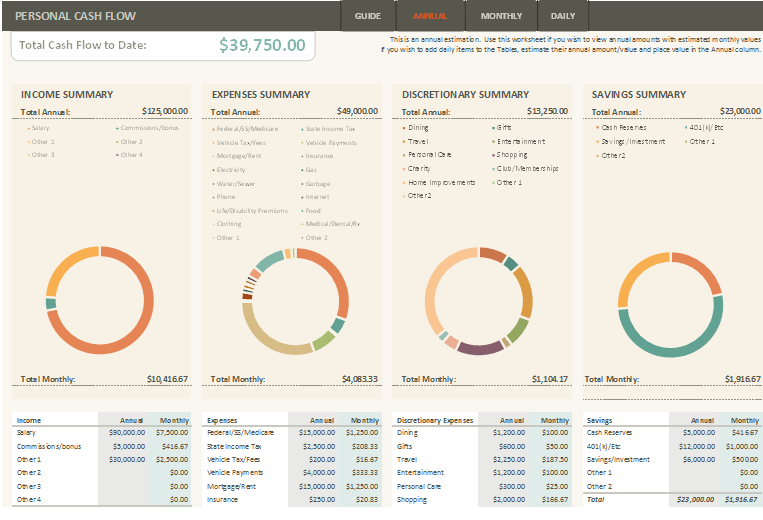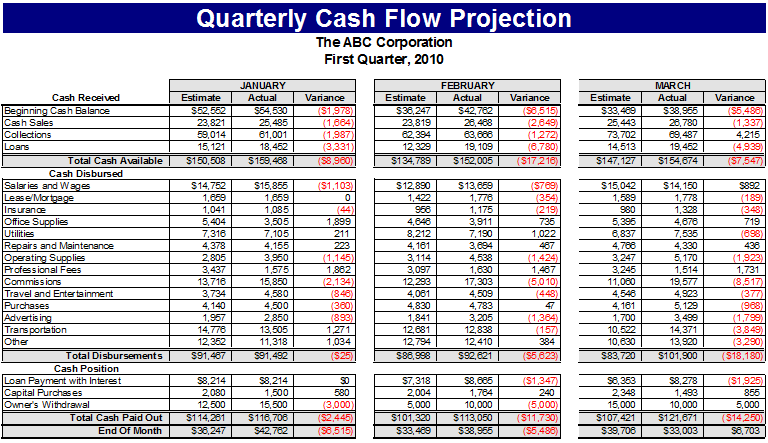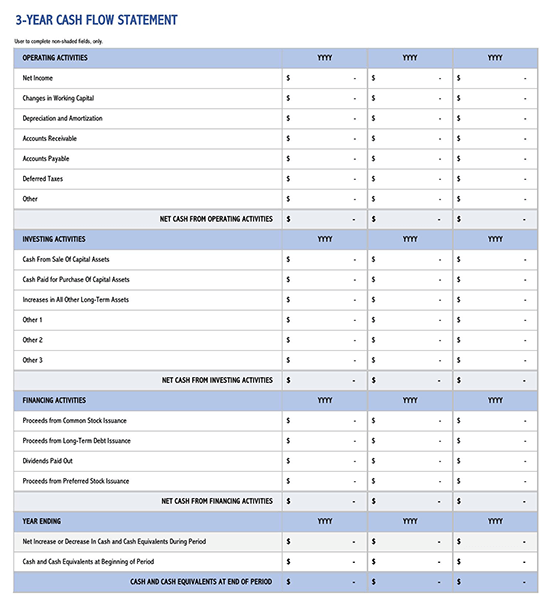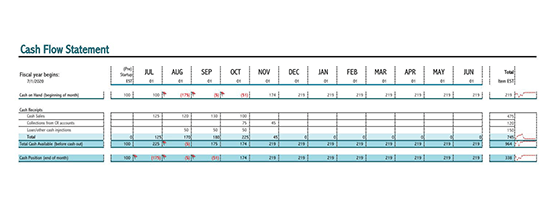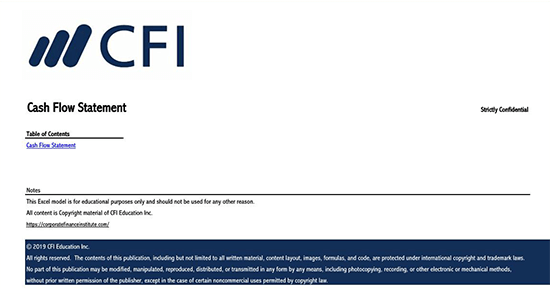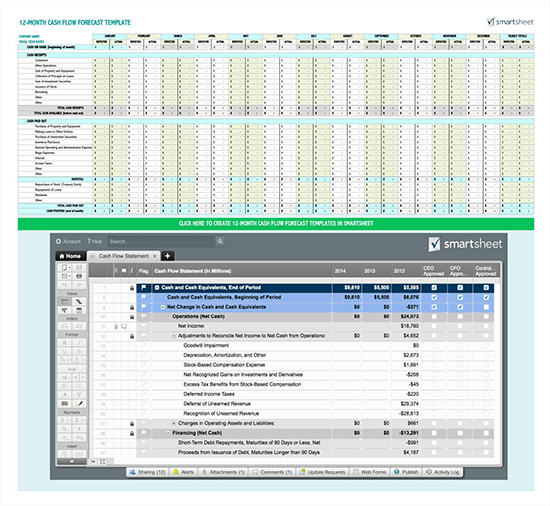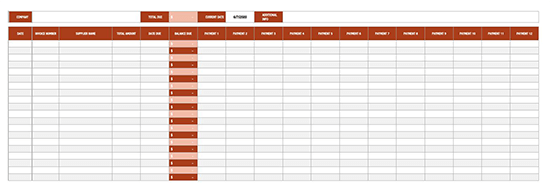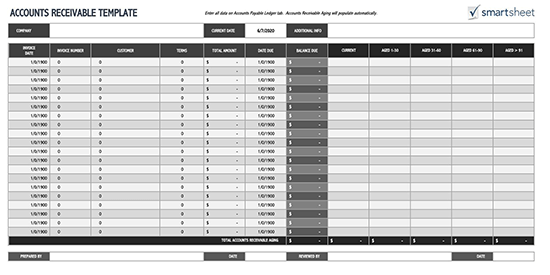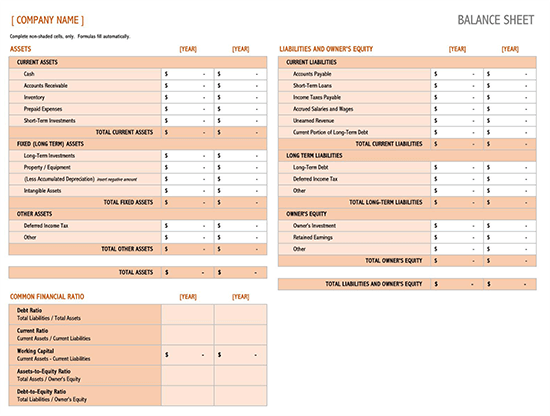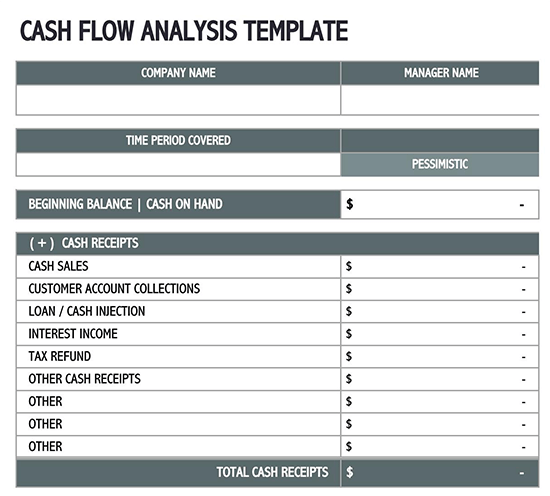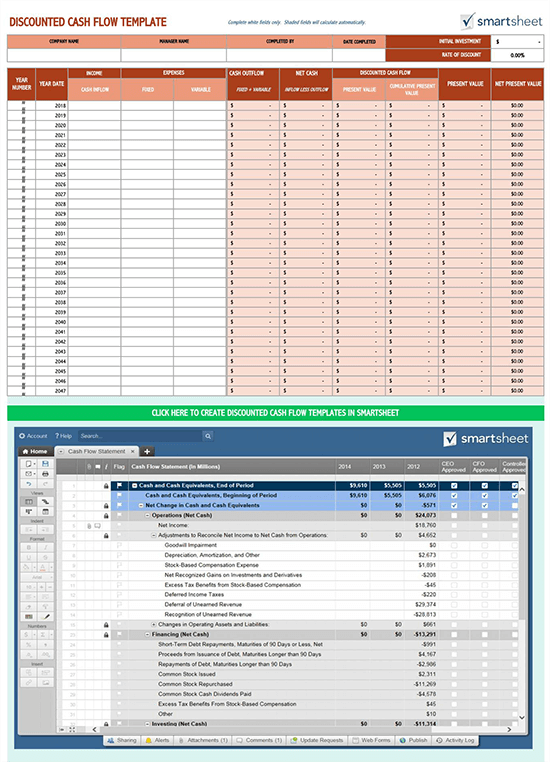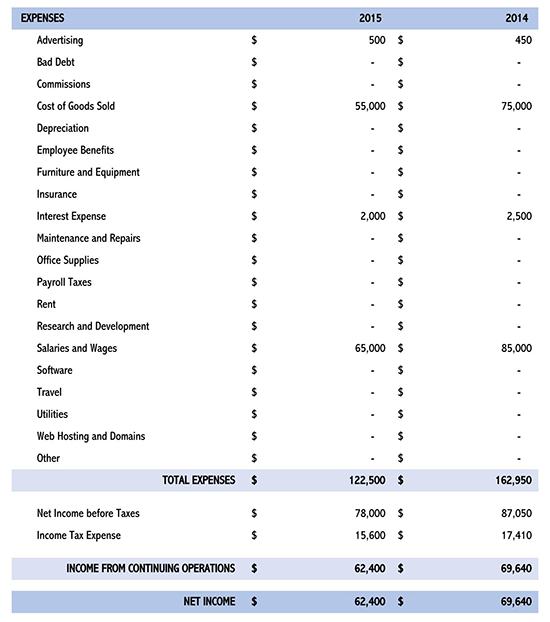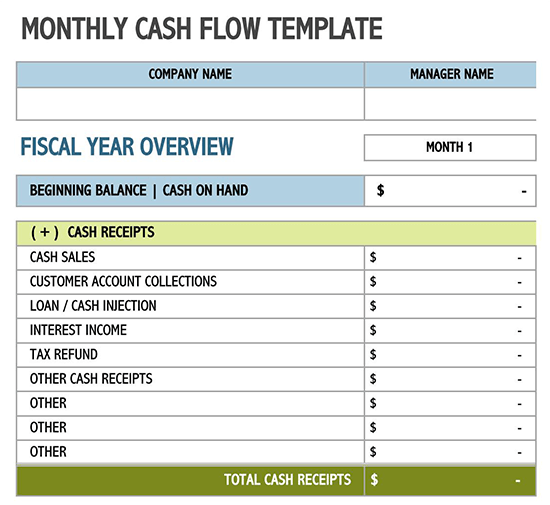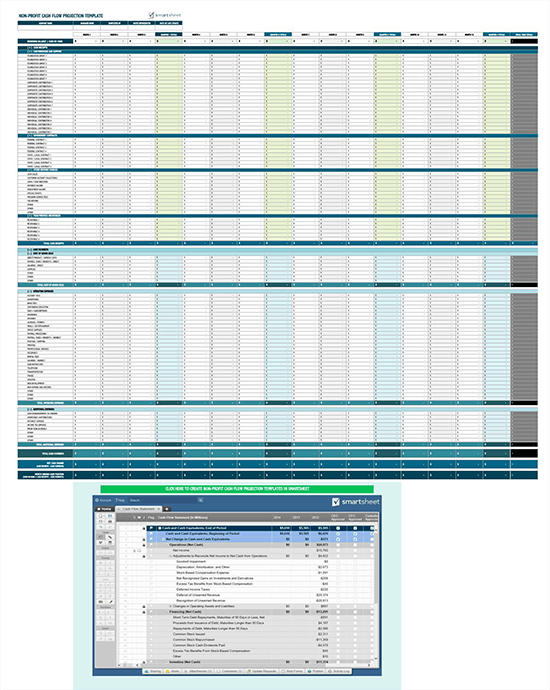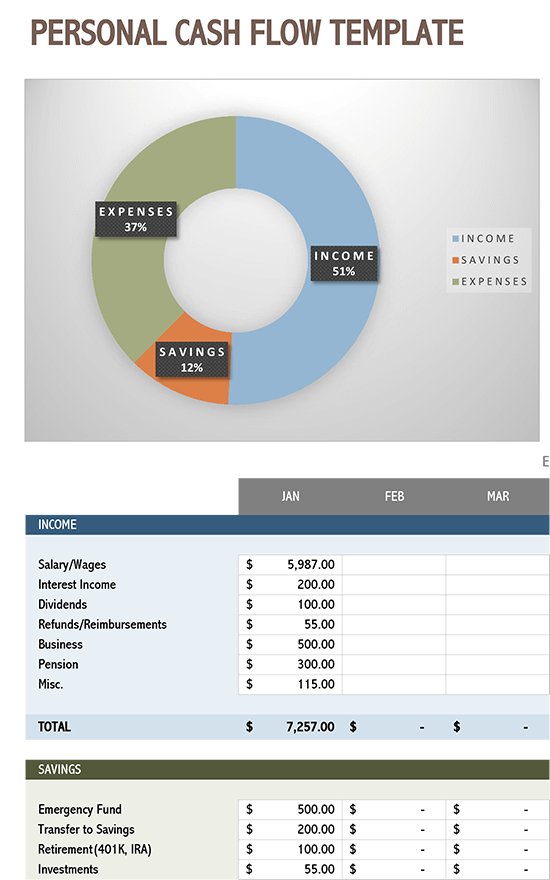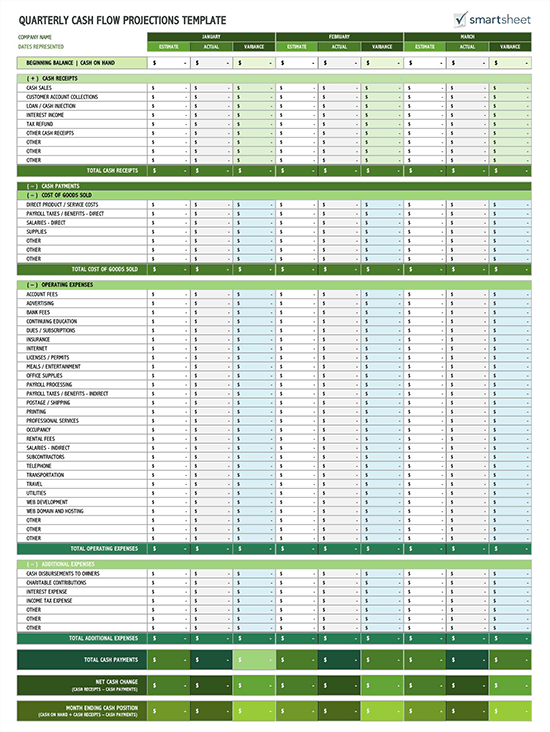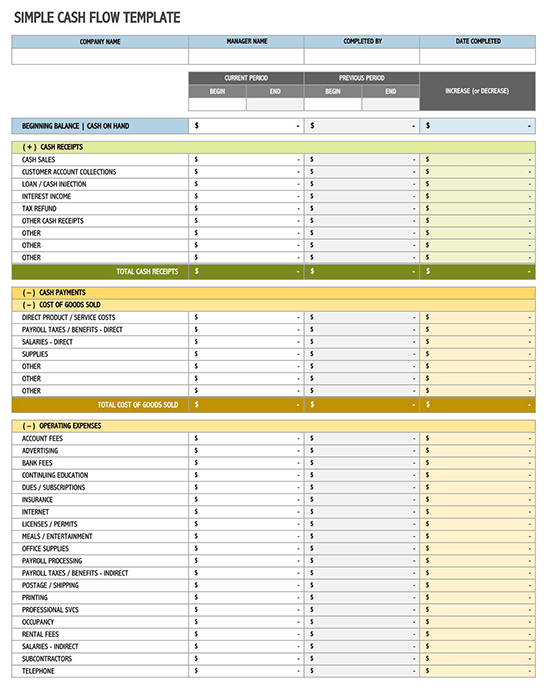A cash flow statement is a comprehensive statement that provides all the details regarding the inflow and outflow of money in a business. It is important for a number of reasons – tax-related security, budgeting, financial planning, and analytics are, to name a few, some of the reasons as to why businesses consider maintaining a cash flow statement of paramount importance.
Cash flow statement templates, on the other hand, are pre-made documents that are just needed to be filled and they act in the same manner as a hand-written cash flow statement.
A cash flow statement allows them to see, study, and revise just how the company is being run, where the money is going and where it is coming in, making it all the more important to get right.
While it might sound confusing, writing a cash flow statement is actually a fairly straightforward affair – all you’ll require is a quick walkthrough of everything that a cash flow statement contains, as well as the pertinent format in which it is written. Don’t worry, that’s exactly why we’re here to help you out! We’ve prepared a comprehensive guide on writing a cash flow statement! Once you’re done going through this guide, you should have enough knowledge and confidence in writing your own cash flow, so without further ado, let’s get started!
Elements in a Cash Flow Statement
As we mentioned earlier, a cash flow template includes a total summary of all of the money that has flowed out of, as well as in, to the business itself. Typically, this is limited to three types of cash flow templates:
- Operational cash flow
- Investing in cash flow
- Financing cash flow
Operational cash flow includes day-to-day operational costs. Investing cash flow accounts for investments made, such as securities, stocks, and the like, and financing cash flow refers to capital that moves between the company and its owners or financiers, such as equity and stock.
Cash Flow Statement Templates
How to Write a Cash Flow Statement?
Two primary approaches to writing a cash flow statement – Direct and indirect. A direct approach alludes to a process by which businesses use hard numbers and accounts, with transactions that have already been completed, tallied, and receipted. As a result, it gives a clear, accurate picture of the accounts and, by extension, the inflow and outflow of money to and from the business.
An indirect approach relies on approximations, projections, and estimates to generate a cash flow. In other words, this accounts for transactions that haven’t been finalized and are counted for when they are accrued. In the indirect method, the same applies to revenues as well.
As a result, you’ll need to choose between the two approaches before getting started. You may also decide to blend both approaches, which is also perfectly fine.
Writing a cash flow statement
If you’re having trouble deciding on an approach, just weigh the pros and cons of each one against one another. An indirect statement is less accurate and precise, given the nature in which it is calculated. A direct statement is much more precise but is often very time-consuming, as it requires sourcing a number of different things and pieces of information that aren’t easily available. Apart from being a ton of work, it can often get delayed due to the nature of the process, which is why we recommend starting off with an indirect statement.
To write an indirect cash flow statement, which is the type of statement most commonly used by businesses, you’ll need access to the following pieces of information;
- Company’s net income
- Accounts payable (including to-be-paid)
- Accounts receivable (including pending transactions within the time period allotted for the cash flow statement.
- Operational expenses and inventory costs.
Once you have all these things on hand, writing an indirect statement is as simple as listing these figures. Essentially, it will allow you to show the company’s net income, as well as all of the outflow, allowing for an approximated estimate of the company’s total inflow and outflow. A direct cash flow statement is a little more complicated – it relies on solid accounting, receipts, and figures.
To calculate the cash flow using the direct method, you’ll need any and all receipts issued to customers, payments made to other parties, such as suppliers from another company or employees, and tax payments made for the course of the statement. Finally, interests, dividends, securities, and assets are received. Then, the net income of the company is compared to the total of outflow shown by all the receipts. This works as a direct cash flow statement.
Cash Flow Statement Format
Following are the cash flow templates and examples that can be customized as per need:
Frequently Asked Questions
How do you prepare a cash flow statement?
A cash flow statement is a sheet that shows all of the inflow and outflow of money to and from a business. As a result, it requires compiling all of the pertinent financial information and presenting it in one of two formats – indirect or direct. To learn more, check out our complete guide on writing a cash flow statement!
What is the format of a cash flow statement?
Typically, a cash flow statement breaks down the inflow and outflow of cash into three categories – Operational, Investing, and Financing sections, each of which pertains to different financial aspects of a business. This is usually all that is required, but some companies may choose to add an ‘Other’ section to list miscellaneous expenses.
Why is a cash flow statement important?
A cash flow statement is important for a number of reasons. First, it shows the business’s net income, which is very important for tax reasons. Moreover, it can highlight trends and provide a ton of analytical data that can help the business optimize its operations and move forward as a company, making it integral to the smooth functioning of a for-profit organization or a business.
